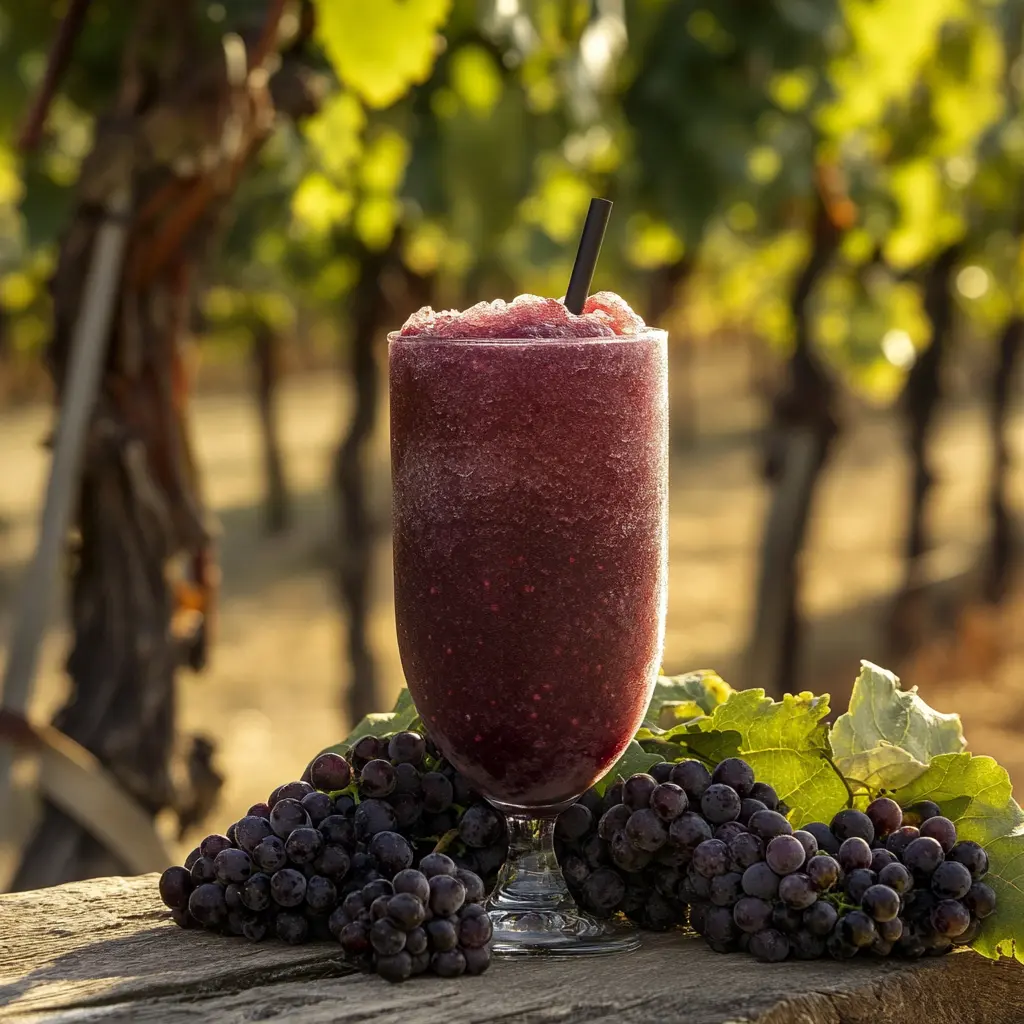Can a Wine Slushie Machine Enhance My Menu Offerings?
/If you're considering adding a refreshing twist to your beverage offerings, a wine slushie machine might just be the perfect solution. These machines can not only quench your patrons' thirst on a hot day but also add a unique flair to your culinary repertoire. But is it the right fit for your menu? Let's dive into the details.
Understand the Appeal of Wine Slushies
Wine slushies offer a refreshing, fun twist to traditional wine servings. They can appeal to a wide range of customers, especially during hot weather, and can enhance the overall dining experience with their unique presentation.
These frozen delights are not only visually appealing but also provide a deliciously chilled option that stands out among other cold beverages. The slushie texture adds an element of fun and is a great way to introduce customers to lighter and fruitier wines in a playful manner.
In a crowded market, setting your menu apart with a unique offering is vital. Wine slushies can do just that, making your establishment a sought-after destination for both wine enthusiasts and casual diners looking for something new and exciting.
Evaluate Your Current Menu
Take a look at your existing offerings. A wine slushie machine can complement a variety of dishes, especially if your menu includes light, summery options or outdoor dining features.
Consider pairing these slushies with menu items that are equally refreshing, such as salads or seafood. This pairing not only enhances the dining experience but also encourages customers to try new combinations.
Moreover, wine slushies can be a great addition during special events or promotions. They provide an opportunity to create an exclusive menu that draws in crowds eager for limited-time specialties.
Assess Customer Preferences
Understanding what your customers enjoy is key. Conduct surveys or have casual conversations to gauge interest. If you notice a trend towards creative drinks, a wine slushie might be a hit!
Listening to your customers can provide valuable insights that help tailor your offerings to their tastes. A wine slushie machine offers flexibility in flavors, allowing you to easily adjust your offerings based on feedback.
For establishments with a younger demographic, or for those located in warmer climates, wine slushies provide a trendy and delightful option that aligns with current beverage trends.
Explore Flavor Combinations
The versatility of a wine slushie machine allows for experimentation with flavors. You can craft customized blends that tie into seasonal themes or promote local wines, making your menu stand out.
Consider integrating fruit purees or herbal infusions to elevate the taste experience. Popular combinations include strawberry with rosé or peach with white wine, which can bring refreshing and complex flavors.
By incorporating local ingredients, you not only create a unique taste but also support local businesses, which can foster a stronger community connection and attract eco-conscious consumers.
Consider the Investment and Maintenance
While there is an upfront cost for a high volume wine slushie machine, consider it an investment. Maintenance is generally straightforward, and the increase in customer satisfaction and sales can quickly offset the initial expense.
Before making a purchase, evaluate the machine's capacity, energy efficiency, and ease of use. This ensures it meets your establishment's needs and offers reliable performance.
Additionally, regular maintenance checks can prolong the life of your machine, reduce the chances of downtime, and ensure consistent product quality for your customers.
Enhance Your Offerings with a Wine Slushie Machine
Incorporating a wine slushie machine into your menu can definitely enhance your offerings and attract a wider clientele. By evaluating your current menu, understanding customer preferences, and experimenting with flavors, you can create a unique beverage experience. Consider initial costs and maintenance, but remember the potential boost in sales and customer satisfaction that a wine slushie could bring.





















